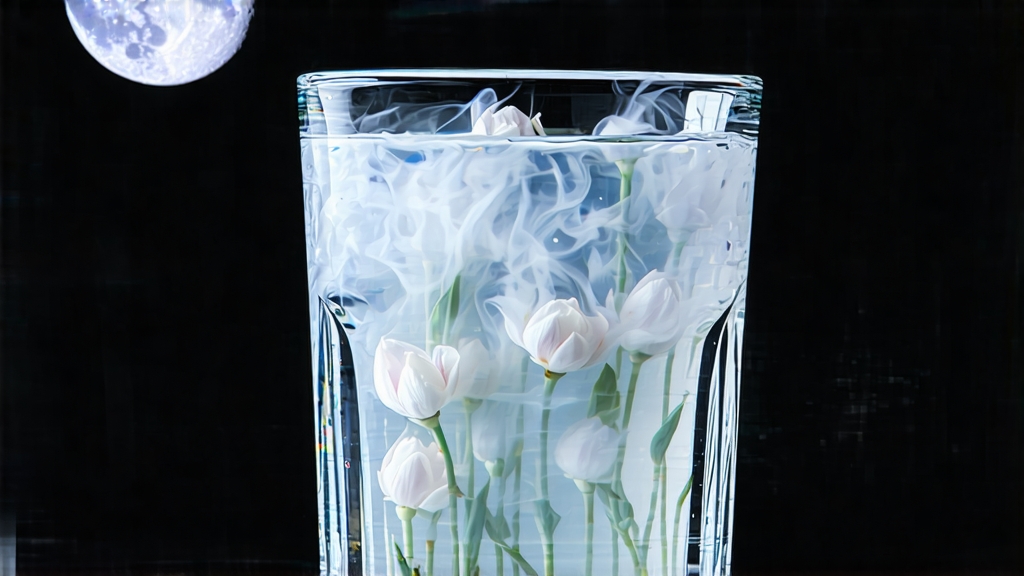
Among the six great families of Chinese tea, white tea is the least theatrical yet the most haunting. It does not roll, it does not roast, it barely oxidises; it simply lets the hours pass, trusting time and air to finish what the leaf began. Within this minimalist school, Bai Hao Yin Zhen—literally “White-Haired Silver Needle”—is the highest aristocrat. If other teas are operas, Yin Zhen is a single sustained note struck on a crystal glass: quiet, pure, and impossible to forget.
History: from palace tribute to minimalist icon
The first written record of “white tea” appears in the Song dynasty treatise Da Guan Cha Lun (1107), but the name then described a compressed cake whose liquor was pale, not the loose-leaf style we know today. The modern pedigree of Bai Hao Yin Zhen begins in the 1790s around Taimu Mountain, northern Fujian, when tea makers noticed that the newly imported Da Bai cultivar produced buds so plump they were coated in a visible down. Local magistrates sent these buds to the imperial court in Beijing; the Guangxu Emperor’s censors praised their “jade-white appearance and snow-sweet breath,” and for the next century Yin Zhen remained a tribute tea, carried south to north in padded bamboo baskets lined with camphor leaves to keep moths away. After the fall of the Qing, the bud-only picking standard might have disappeared had not Fuding merchants in 1891 discovered a lucrative export niche among European apothecaries, who valued the “silver hairs” as a sign of unblemished purity. Thus a palace luxury became a global commodity without ever changing its languid, sun-drawn recipe.
Terroir: why Fuding tastes like morning mist
Authentic Bai Hao Yin Zhen is produced in only two micro-zones: Fuding and Zhenghe counties, both within Ningde prefecture on Fujian’s northeastern coast. The East China Sea lies only 30 km away; maritime fogs drift inland each night, wrapping the tea gardens in 85–90 % humidity. Daytime temperatures stay below 30 °C even in July, so the Da Bai and Da Hao cultivars grow slowly, stockpiling amino acids while keeping catechins low. The result is a bud that is almost 10 % silvery trichomes by weight—tiny hairs that act as natural light-scatterers, giving the dried tea its pewter shimmer and protecting L-theanine from solar degradation. In cupping language, Fuding Yin Zhen delivers “high fragrance, low astringency,” whereas the more inland Zhenghe version, grown at 600–800 m on lateritic soil, shows a rounder body and faint orchid note. Both are legitimate, but Fuding’s maritime lift is what most judges now associate with top-grade silver needle.
Plucking: one dawn, one standard, one chance
The picking window opens when the last spring frost is judged to have passed—usually between 15 March and 10 April—and closes the moment the first bud unfolds into a leaf. Experienced pickers work from 5 a.m. to 9 a.m., before the sun angle exceeds 30°, selecting only the “spear-shaped” bud whose tip is still closed like a grain of rice. A top worker can gather just 500 g of fresh buds in a day; 30 000 buds are required to make 500 g of finished tea. No gloves are worn: the picker’s fingertips must feel the exact tension of the nodal joint, snapping the bud without bending the stem, a skill that takes three springs to master. Baskets are woven from thin bamboo strips so that condensation can escape; any trapped heat would oxidise the hairs and turn them ochre, ruining the visual grade.
Craft: the art of doing almost nothing
White tea is often marketed as “naturally withered,” a phrase that hides enormous precision. The fresh buds arrive at the factory within two hours of plucking and are spread on bamboo trays 1.5 cm thick. For the next 36–48 hours they rest in a climate-controlled loft where temperature is held at 22–26 °C and relative humidity at 65–70 %. No fans blow directly on the leaf; instead, louvered windows channel a gentle cross-breeze that carries away moisture without rolling the buds against one another. Every two hours a master “w